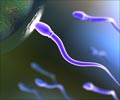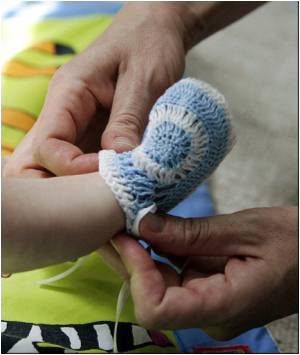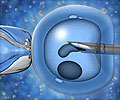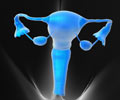A novel technique could boost IVF success rates and reduces the number of multiple births, shows study.
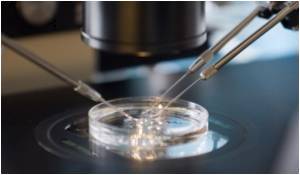
The Cardiff scientists worked with a team in Oxford University to analyse the internal contents of the human egg or cytoplasm to observe distinct rhythmic patterns.
"Current IVF treatment involves fertilising eggs in the laboratory and then choosing those embryos considered to be the healthiest for implantation into the mother's womb, using selection criteria such as the number and appearance of cells produced during the division process," according to Professor Karl Swann from Cardiff University's School of Medicine, who led the research.
"However, the implantation of selected eggs using current methods requires days in culture and does not always succeed.
"We already know from previous research in mice that sperm entry into the mouse egg triggers 'rhythmic cytoplasmic motions', which may help to predict successful embryo development. Adopting this key method we have now been able to show that the same type of rhythmic movements occur in human eggs," he added.
In a HFEA-approved procedure, human eggs were injected with an egg-activating sperm-specific protein ('PLC-zeta') and then imaged over a period of several hours.
Advertisement
The scientists hope that this information could help provide an early and effective indication of viability of a successful pregnancy in human IVF.
Advertisement
Source-ANI


